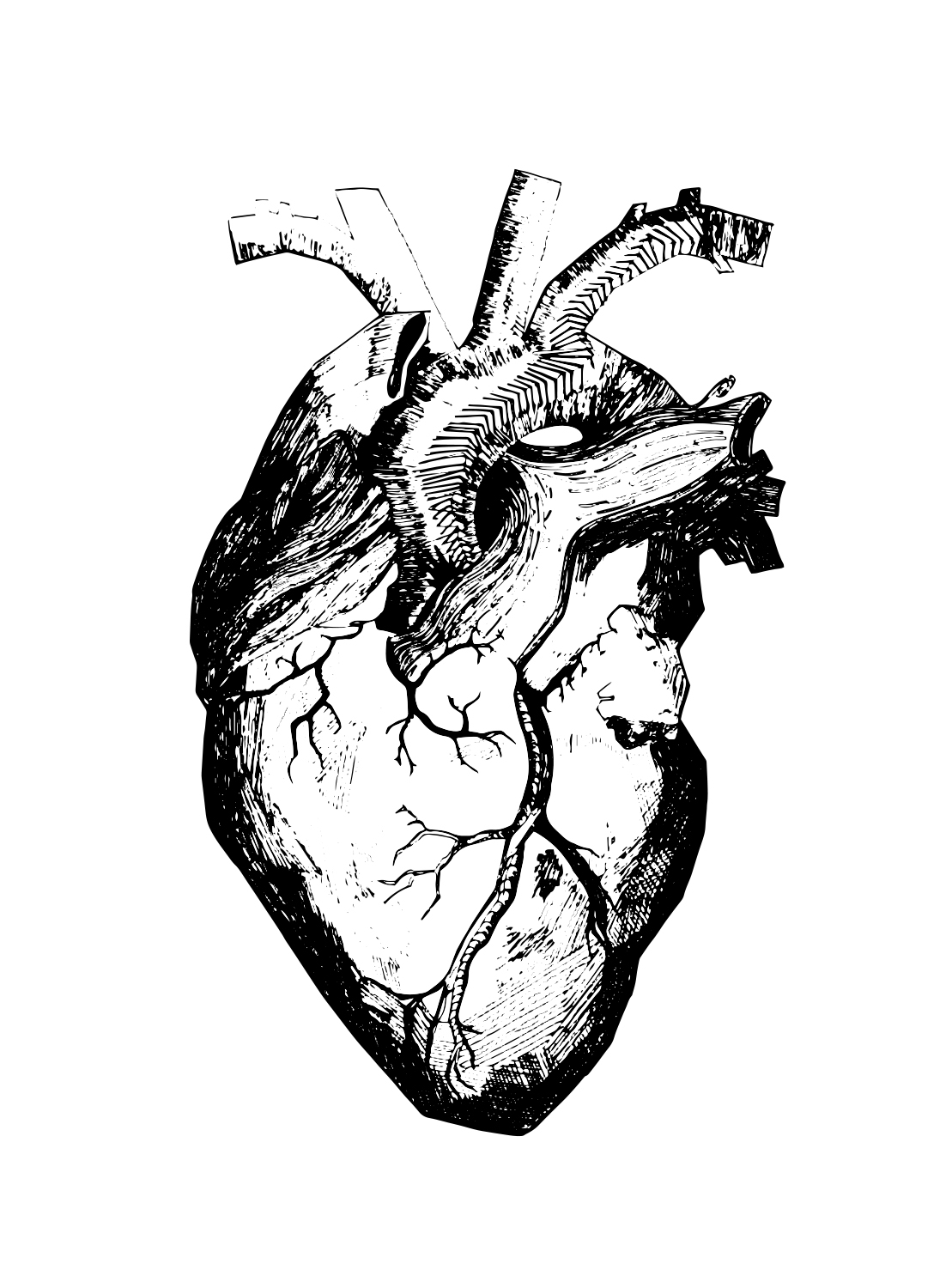Maison Martin Margiela
Spring 1997
I have always been intrigued by this garment by Margiela. For a long time I thought that this was a dress form that Margiela had considered his favorite. It was to my surprise when I found out that it was a wearable garment. Perhaps that is the reason why this dress form jacket has intrigued me for so long. It tricks the eye to thinking that it is an object, “Our consciousness of dress is heightened when something is out of place”.¹ As a designer it made me begin to to approach garments in a different way. Who defines or determines what is wearable? What should be allowed to be a wearable object? Should there be any boundaries at all?
Margiela created this dress form tunic in order to highlight the artificial nature of the idealized fashion physique. His approach is so interesting because most fashion designers use the dress form as a starting point to design a garment. It is the canvas that fabric is pinned onto, but by creating a garment that appears almost identical to a dress form, the idea that the dress form is the starting point to creation loses meaning. It is the creation in this case, with Margiela’s linen dress form tunic. He is also commenting on the idea of what a fashionable body should look like. A dress created for a size 4 might not look the same on a size 16, yet most fashion designers utilize only the size 4 or size 6 mannequins.
Margiela’s investigation of the body relates to the investigation of my own body in the sense that I have always felt like I had to maintain a specific appearance weight wise. Growing up I was always the “bigger” friend and I started to become more aware of my body when I realized I couldn’t fit into my friends clothing when they could fit each others. Joanne Entwistle says. “when clothes do not fit us, the experience is very private and sensual”.² The experience was extremely private, it wasn’t something I wanted to share to even my closest friends. I appreciate this garment not only for it’s simplistic spontaneity but the message that Margiela had in mind when constructing it.
-
Evans, Mary, and Ellie Lee. Real Bodies: A Sociological Introduction. Houndmills, Basingstoke, Hampshire: Palgrave, 2002, 133.
-
Evans, Mary, and Ellie Lee. Real Bodies: A Sociological Introduction. Houndmills, Basingstoke, Hampshire: Palgrave, 2002, 134.


